The fine line between inspiration and imitation
July 6, 2015 2019-02-06 12:09The fine line between inspiration and imitation
This is a very common question that arises frequently in many creative domains including Visual Arts.
We all heard about lawsuits for popular songs, books, movie scenarios etc…
And recently we also heard a lot about Richard Prince and his appropriation of other people Instagram pictures for his exhibition at Frieze New York. If you are not sure what I am talking about, you can read here about how one of the artists (Suicide Girls) responded to Richard Prince’s appropriation of her pictures.
To me appropriation is at the end of a spectrum that also includes inspiration, imitation and copy.
We all get inspired by what we see around us
Conscientiously or unconsciously we all get inspired by the world around us, our daily lives but also other’s Artists art.
You might also be interested in: Find inspiration close to home
Artists that did inspire me
Tim Saternow
For example I first came across techniques of splattering paint on watercolor while reading an article on Tim Saternow in the Artist magazine. You can visit his website and see his paintings here.
I liked the way the addition of water after the painting was done was giving a painterly and not so controlled effect on the finished painting. I tried this idea, first on a few cityscapes, then I also adapted it to my forest paintings and some portraits. If you look at Tim Saternow’s website, you can see his theme is primarily New York urban landscape and the desert . I feel there is quite a dramatic effect in his paintings due to the subject matter, high contrast and color scheme and that works perfectly for his Art.
This is not me though, I am more attracted to a softer palette and I want to paint subjects that are close to me. So when I got inspired to try this technique I incorporated it in my own universe, with my own colors and subject, here are a few examples of paintings where I applied this technique.
(Click on any picture to see a larger version)
Linda Moyer
I read Linda Moyer’s book a few years ago: Light Up Your Watercolors Layer By Layer: Transparent Glazing Techniques for Luminous Paintings
You can visit her website here. She paints mostly landscapes that have this very luminous glow, and her style is very controlled and precise. I liked her layering techniques but wanted to apply it mostly to portraits paintings and I did not want to get such a precise look. It suits very well her subject matter and style, but this is not what I want to achieve, I am going after a more untidy look.
Here is a series of portraits painted using a layering technique (Click on any picture to see a larger version):
You can see step by step painting demos of portraits painted using a layering technique here.
When is it ok to Copy?
I think that when we learn a new skill, it is very natural to try to copy artists we admire, after all the most natural way of learning is by imitating. Every musician starts by playing others people music before they start making their own.
Visual artists are usually seen copying master paintings and drawing famous sculptures in museum and this is totally part of the learning process. The only requirement here is to be clear about it, give credit to the original author of the work and not try to sell something as yours if it was a copy of someone else’s work.
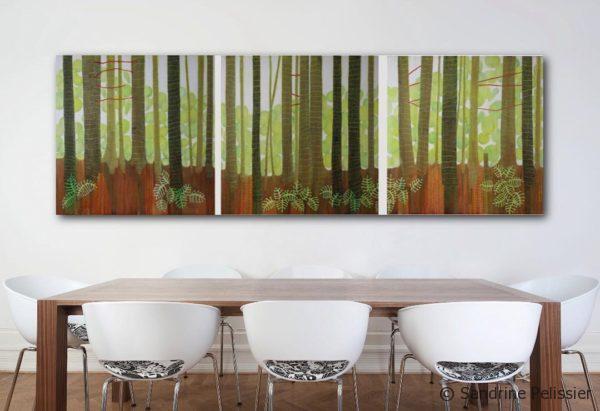
Ideas are not born in a vacuum
When you think about it we could even say that a realist painter is copying nature, ideas are not born in a vacuum.
When we try to sell work as our own, then I guess we have to draw a line somewhere between inspiration and imitation, and it can be a blurry line. We are all exposed to other’s people creations all the time and of course this can influence what we do. When we are inspired by other’s people works, I think the key is to only focus on one aspect of the work that spoke to us, like the painterly effect I liked in Tim Saternow’s paintings or the light effects of Linda Moyer’s watercolors, then maybe take something else from other artists and make your own and unique mix of influences. In other words try understanding what you like in other’s artist works, use it but make it your own by incorporating it into your own artistic environment.


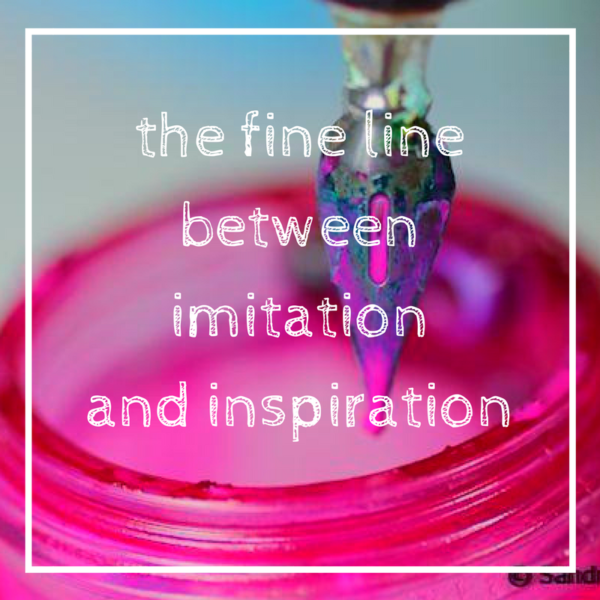
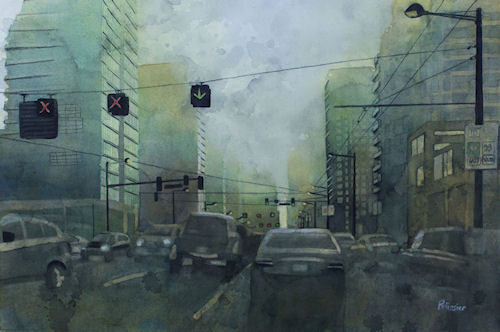
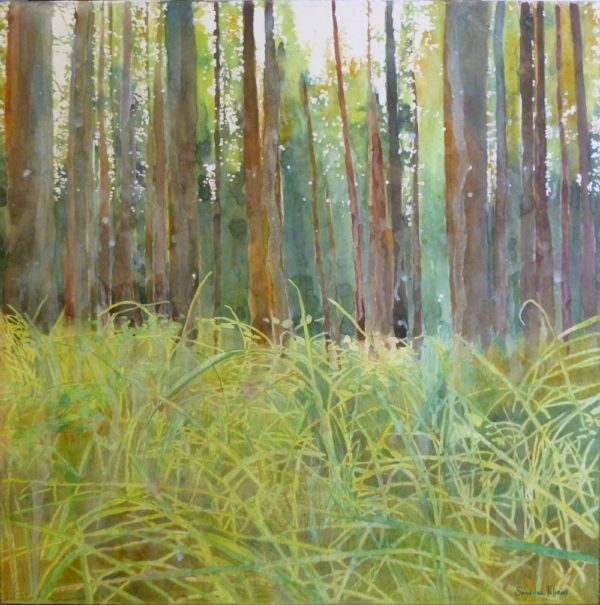
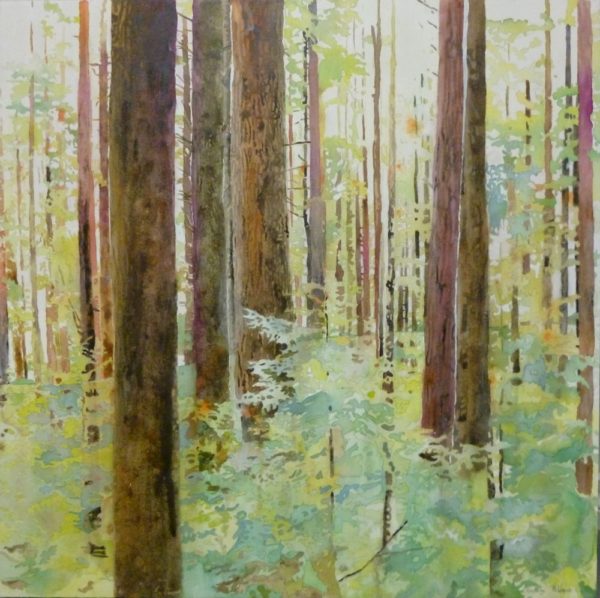
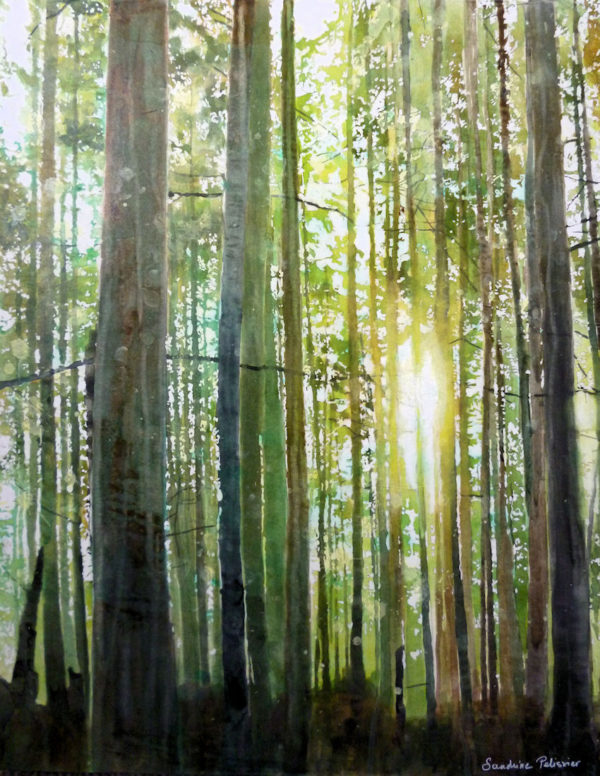
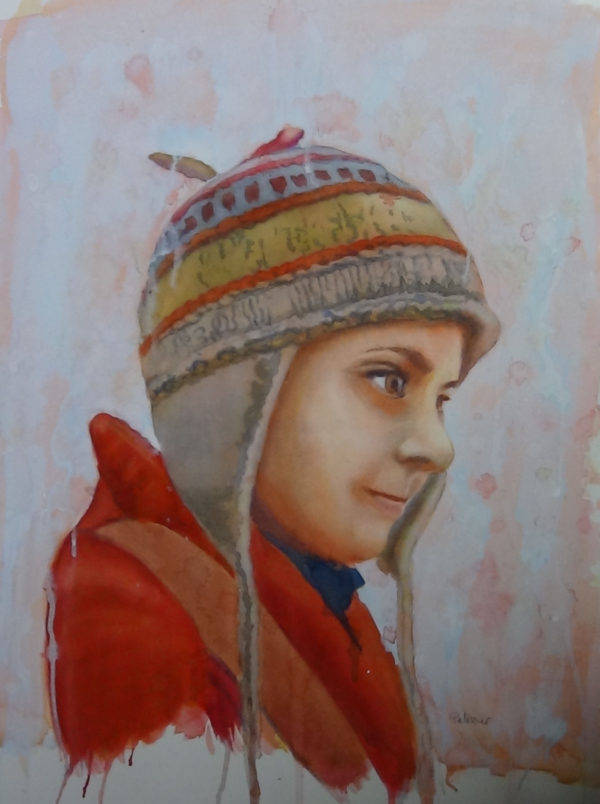

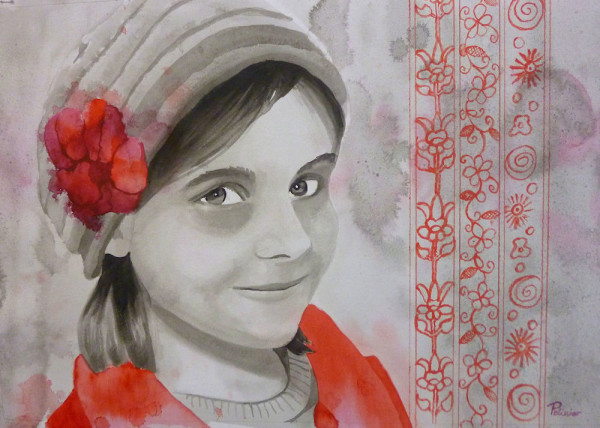
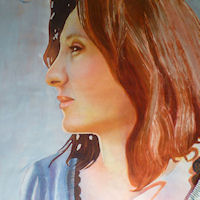


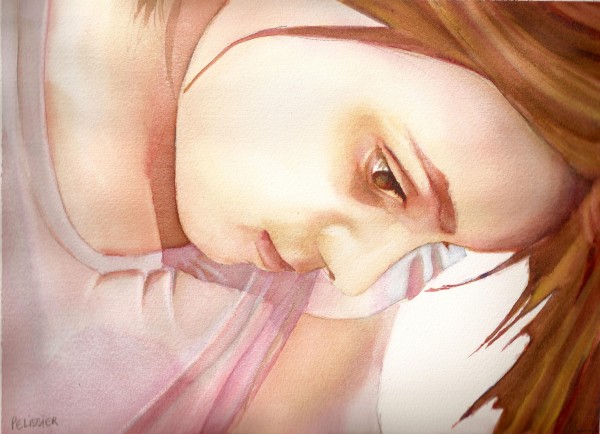
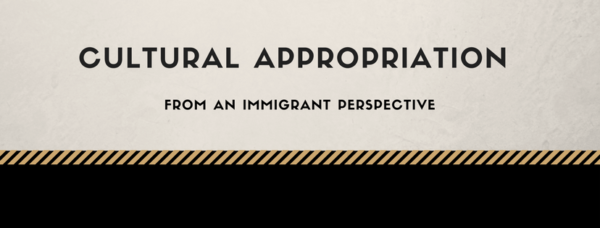






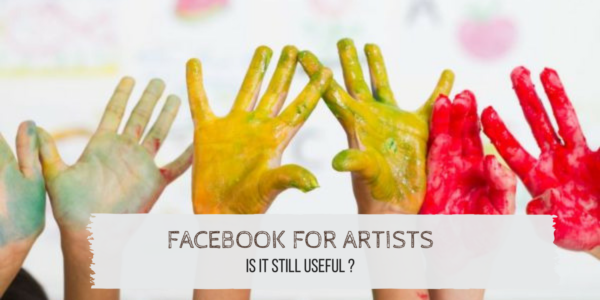




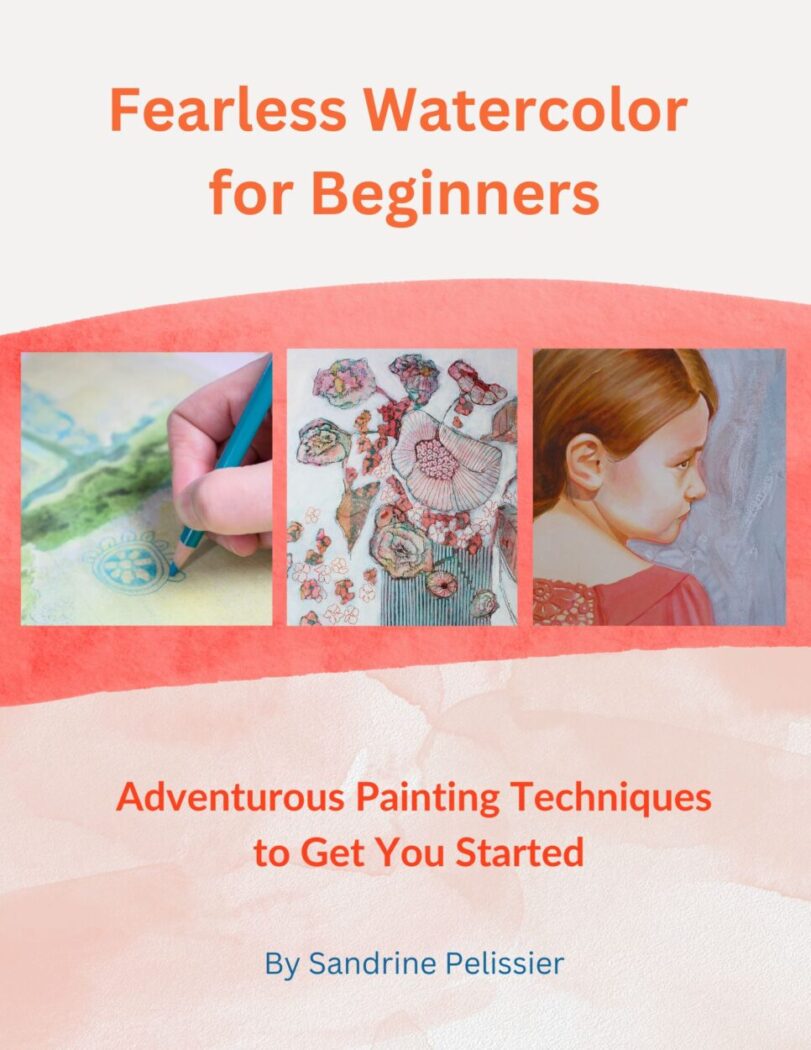
Comments (5)
Why artists should be blogging
[…] You might also be interested in :” The fine line between inspiration and imitation” […]
Maureen Shaughnessy
Sandrine, I came across your post today and was just thinking about all of this (inspiration — imitation — copying) because I am an artist as well as a gallery owner representing many artists. Too many times an artist brings in a portfolio, hoping to submit to our gallery and I am saddened to see how much copying is happening. I get frustrated talking to other artists about this. I had started writing a blog post about it months ago, then set it aside. Having read your thoughts, I am inspired to finish my own article and — to acknowledge the inspiration I gained from your post. Here is a link to my note on copying art: https://www.facebook.com/notes/brown-bird-studio/is-it-ever-okay-to-copy-art/756793524431075. Hope you like it! — Maureen.
Sandrine Pelissier
Thanks Maureen, I really appreciate that you mentioned reading my post as an inspiration to finish writing your post.
It is great to see we share the same philosophy. I also value originality and honesty, even more than skills. Skills can be fascinating but finding your unique voice is more important to me.
Like you, I believe that our everyday life can be a great source of inspiration, therefore making our art experience unique.
Thanks for sharing your post here!
Sandrine
Brenda Myers Cohen
Thank you for this very thoughtful post. I would like to share it with the small watercolor class I teach at the Senior Center in Youngstown Ohio. We were discussing a similar subject last week–entering shows: how much input from others is too much to allow you to enter a piece as your own.
Sandrine Pelissier
Thanks Brenda:)
That is a good and complex question. I would be curious to know what your group had to say about this.
I guess it is a bit of a different situation if you ask your peers for a simple feedback or if you get extensive feedback from a teacher. I noticed that most juried show won’t accept any work done in a class.